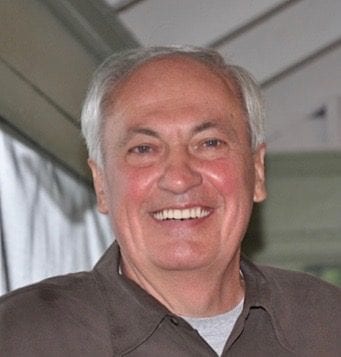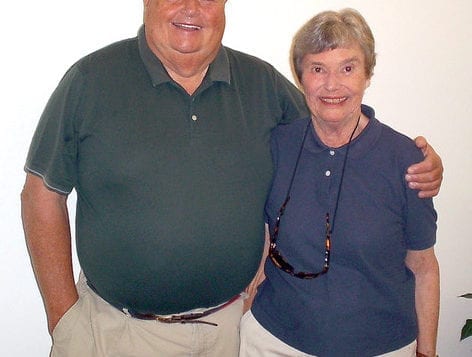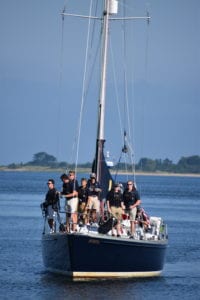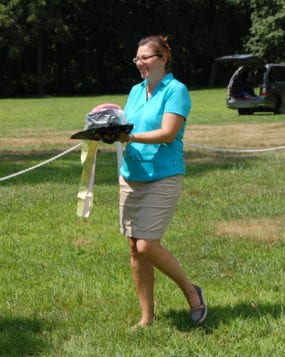By Daniel Dunaief

How do you compete with the Big Mac and plastic straw?
That’s the dilemma facing the Democratic Party. You see, beyond squaring off against the tweets and the sideshows, the Democrats are hoping to win the hearts and minds of voters against a billionaire president who endorses products and ideas that carry broad appeal for his base and for some voters on the fence.
People don’t want to be told how to live their lives. They don’t want a government to say, “Hey, red meat isn’t good for you. Stop eating it and focus on the foods that will keep you healthy and be good for the Earth.” They also don’t want to give up something, like a plastic straw, that has been a part of their lives forever.
Now, there are plenty of solid arguments for reducing red meat and for cutting back on plastic straws. Those straws, among many other forms of plastic, are killing marine life. Plastics are so prevalent in marine waters that whales are dying of starvation because they have more than 80 pounds of plastic in their stomachs.
But that’s not what some voters think or care about. That dead whale probably didn’t eat the plastic straw that the voter used. And, even if it did, the plastic straw is only one of many other plastics that the mammal ate. Besides, it was probably a plastic straw that someone in China threw into the ocean or that an illegal immigrant used and discarded. I recycle my plastics, so why shouldn’t I use them as often as I’d like?
The problem for Democrats is simpler than that, though. It’s really a question of the present versus the future. As we are currently constructed, we, the American people, aren’t accustomed to sacrifice. It’s not considered a modern virtue by a president who says what he thinks and does what he likes. We want what we want when we want it. We are the culture of instant gratification. Someone says something awful about us, we want to hit back.
It’s why some people adore the president. He is the ultimate counterpuncher, he says what he thinks and he always wants the last word. Misspelling that word is irrelevant and, in its own way, it appeals to some people because proper spelling seems so elitist.
It’s also why he can roll back environmental laws designed to protect endangered species. Sure, long term, we might lose a few snakes, birds or trees, but we will also be able to make more money from the land, create more jobs and live for the present.
The great, big, beautiful tax cut helped boost the stock market. Why? Companies used that extra money to buy back their stock. That didn’t do much to help the economy or create jobs. It didn’t enhance the companies’ revenues or encourage corporations to take risks to fund important research or pursue innovative ideas. It was a for-the-present gift to companies which boosted their current bottom lines.
Conspiracy theories fit into the mold of a present focus. Until irrefutable facts come to the public’s attention, these theories — including some about how or even whether disgraced financier Jeffrey Epstein died — burn like a bonfire, without requiring a discussion or even a preparation for an unknown future.
Looking past the present to the future that will affect our children and grandchildren is difficult. Besides, instead of worrying about what the world will look like in 20, 30 or 50 years’ time, we can sit down with the younger generation, pull up a chair, and eat a Big Mac and drink a sugar-filled soda through a plastic straw. Democrats need to create a picture that makes whatever changes they seek understandable, worthwhile and palatable.




























